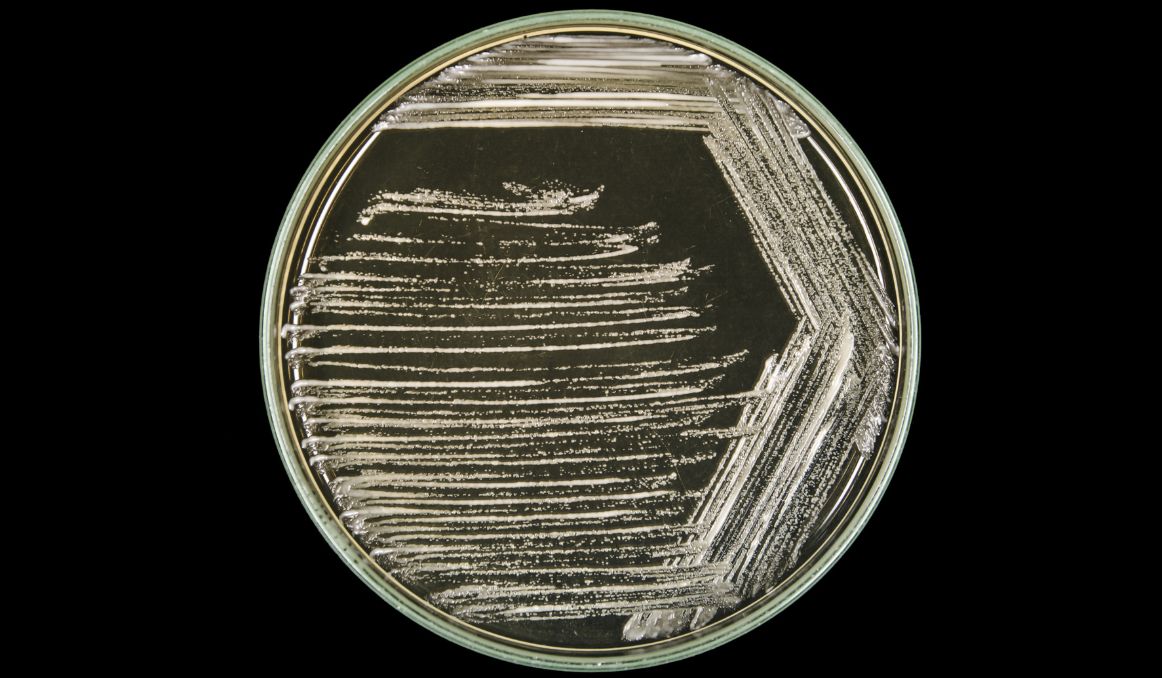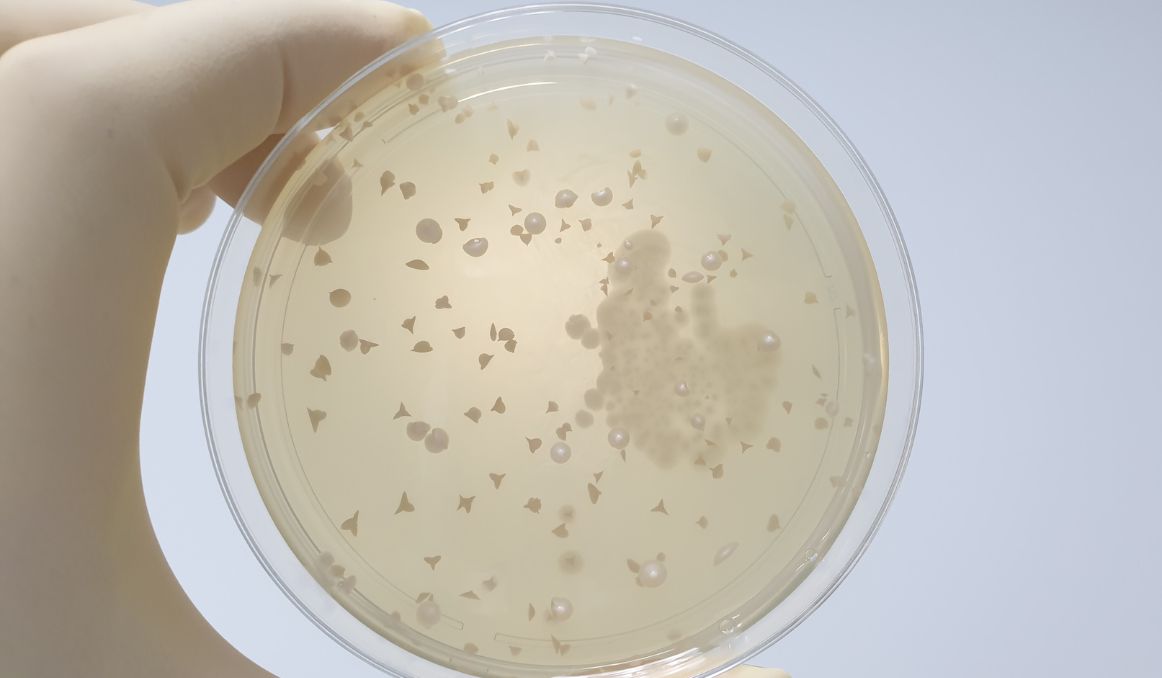How to Collect Natural Yeast
Learning to collect natural yeast is both easy and fun. It can lead to a ton of new flavors and aromas. And it is a great way to connect with ancient practices in brewing, winemaking, breadmaking, and any other food or drink fermentation.
It takes very little equipment and just a little bit more patience, and you’ll have wild, natural, and maybe even local yeast on your hands.
Maybe so much you won’t even know what to do with it!

What Is Natural Yeast?
It’s interesting that while so many of us understand that yeast plays a role in fermentation, so few of us still comprehend that yeast is a living organism that really has worked miracles in human food and drink, and beyond, for as long as humans have been alive.
Longer even.
Yeast is one of the oldest life forms on the planet, and it has thrived as a wild, single celled organism independent of human interference or involvement.
Indeed, there is ample evidence that yeast has been fermenting fruits and syrups into wines for hundreds of thousands of years, before humans walked the earth.
Left to its own devices, yeast will hover in the atmosphere, hang out on surfaces in our homes, on the skins of fruits and vegetables, and even on and in our bodies, seeking carbohydrates to consume and convert to carbon dioxide, alcohol, and hundreds of other secondary metabolites and micronutrients.
Originally, beer, wine, and bread were all made simply by allowing yeast to naturally attract to the starchy, sugary liquids and doughs and get to fermenting.
Eventually, craftsman of all fermented food and drink groups figured out how to cultivate yeast and get it to work on demand.
Finally, chemists and corporations came along in the 1800s and studied yeast, packaged it up, and sold it commercially, turning what was always natural and free into a product to be purchased.
Why Collect Natural Yeast?
Which brings us to the question, “why collect natural yeast when I can just buy it?”
Well, there are many good answers to this question.
First, because it’s fun and easy! Harvesting your own yeast is a s
uper simple process that you can take great pride in.
Second, and perhaps more practically, the supply chain
has had far too many breakdowns recently for food and drink producers not to take a serious look at getting more actively involved in every aspect of their craft.
Inflation is just another part of this same issue. When corporations can simply raise rates on commodities, your business can be hugely impacted in ways that will then affect your bottom line and potentially your relationship with your customers.
Why take those chances with yeast when you can simply cut out the middleman and go get your own yeast? Especially when it’s so easy!
Finally, taking control of this aspect of your fermentation process, the yeast, allows you an entirely new level of craftsmanship and control. Yeast really is the single most important ingredient in fermentation, and there exist hundreds of different strains to experiment with, many of them right outside your back door.
How to Collect Natural Yeast: Best Practices

So get out your back door!
To collect natural yeast, all you have to do is prepare a wort, a must, or a dough in a small quantity and leave it outside in a natural environment with plenty of vegetation.
The idea is to create an attractive, appealing product for local yeast to be drawn to.
You’ll need a mason jar and cheesecloth and whatever ingredients you typically use to make your preferred batch of brew, wine, or bread.
In the case of beer, you would just boil a small amount of cracked grain and hops together and then allow it to cool down.
In the case of wine, you simply crush your grapes.
And in the case of bread, simply prepare a small sample of dough without the yeast.
Place your ingredients into a large, sanitized mason jar, cover the jar with cheesecloth and put a rubber band around the rim to keep it in place (this is to keep the bugs and debris out), and set the jar outside under a tree for one full day.
At the end of that day, bring your jar inside, remove the cheese cloth, place the lid of the jar tightly, and leave your jar in a moist, warm place for two weeks.
While your jar was outside, the sugars therein attracted local, natural yeast. For the two-week period, it will ferment.
Once the two weeks is up, open your jar, or jars, scrape off any mold you see (this is natural) and start with the smell test.
If it smells off, toss it and prepare to start over.
But if it smells good – citrusy, herby, even like creamy corn – give it a taste!
If it tastes good, you are in for a wonderful batch of whatever it is you’re about to ferment.
What to Do with Natural Yeast
You can pitch your natural yeast into a fresh batch of wort or must, add it to a large batch of bread dough, or you can include it in any other fermented food you are preparing.
It is always going to be best to use fresh natural yeast whenever possible as it will either over ferment in your container and explode or lie dormant locked up and die.
You can also put your sealed jar in a refrigerator to slow down fermentation for a few days, but don’t wait too long. You want this good stuff fresh.
If you are hoping to create a yeast bank, you will need supplies to create agar plates, in which case you can store your natural yeast for potentially yeast, pulling out your plates to grow larger batches of any of your particular strains on demand.
Cheers!
Yeast activity monitoring is essential for optimizing the process of yeast harvesting and (re)pitching! If you’re interested in finding out how you can use our technology to control fermentation and monitor your yeast, save work hours and improve the cost-efficiency of your business, drop us a line at [email protected] or check out the product pages (for beer or wine):
- Oculyze BB 2.0 (Better Brewing) Yeast Cell Counter App + Hardware
- Oculyze FW (Fermentation Wine) Yeast Cell Counter App + Hardware
Also, you can now get access to a fully functional demo account to test your yeast via our Web App. Completely free of charge and with no commitment to purchase.
Sources:


